Equestrian
Page updated on: 23/10/2024
Riders and motorists both have a right to our roads. But equally, both share a responsibility to understand each other's needs.
Riders would almost always prefer not to use the roads – but it is often necessary to reach bridleways and other facilities off the road.
It may not always be obvious to vehicle drivers why horses and riders are doing what they are doing, but there is usually a good reason.
It is mandatory, for children under 14 years of age to wear protective headgear when riding a horse on the road.
It is the responsibility of the parent, guardian, horse owner or person who has custody of the horse immediately before a child rides it, to ensure that the child is wearing an approved helmet when riding on the road. Children of the Sikh religion are exempted while they are wearing a turban.
The law only requires children to wear helmets when riding on the road; however, it is strongly recommended that all riders of horses, on the road wear a helmet.
This helps to educate riders in road safety and to minimise the risks involved when riding on the road and is the only test that any rider will ever take that might save their lives, their horse’s life and that of other road users.
Find out more information on the Ride Safe Award.
- Always wear a correctly fitted riding hat which has been manufactured to the current approved standard.
- Make sure that you wear sensible footwear with a solid heel – never wear Wellingtons or trainers
- Each time before you set off check your tack to make sure that nothing is broken, and that stitching is in good order, especially on stirrup leathers and girths. Make sure the stirrup iron is large enough to fit your foot/boot
- Wear brightly-coloured reflective and fluorescent clothing on both you and your horse, no matter what time of day, season, or weather conditions
- Carry a mobile phone in case of an emergency, (make sure that your mobile phone is switched off while riding). In addition, do not wear or use anything which can hinder your all-round observation
- Always carry the name and number of someone who can be contacted in the event of an emergency, as well as details about yourself and contact details for your vet. If required, the police also have a special contact number for a vet in an emergency
- Read The Highway Code, paying particular attention to the relevant sections for horse-riders
- Ensure that you have valid third-party public liability insurance cover, which can be obtained through a broker or specialist insurance provider
- Always show courtesy to other road users – a smile or nod of thanks is all that is required as this means you do not have to take your hands off the reins
- Learn some basic first aid for both horse and rider
- Train for, and take, a nationally recognised Road Safety Award
- Finally, remember always to give a LIFE-SAVER LOOK before any manoeuvre.
Please slow down and pass wide!
In addition, please remember:
Motorists need to understand the vulnerability of riders and their horses, and behave considerately towards them at all times. Horses are large, and by their very nature are powerful creatures and a collision with one poses considerable risk to the horse and rider as well as the motor vehicle and its occupants.
Motorists should look out for horses on the road, especially when approaching bends and on narrow rural roads. They should always slow down when seeing a horse and drive past slowly, giving them plenty of room and being ready to stop if necessary. Drivers should never rev their engine or sound their horn near horses.
Motorists should be conscious that when turning right, riders will not move to the centre of the road, but stay on the left until they reach the point where they intend to turn. Horse riders also behave differently from other traffic at roundabouts. Riders will not normally signal on approach, but will stay on the left within the roundabout until they reach their exit, and then signal left. They may signal right when approaching and passing exits they do not intend to take.
Look out for signals from the rider – they may request a motorist to slow down if they are aware of danger – or if they sense an impending action or reaction from their horse.
